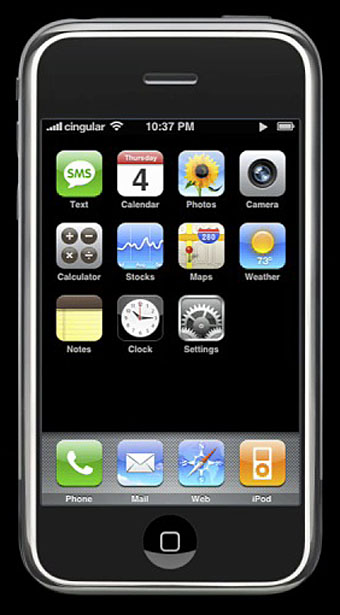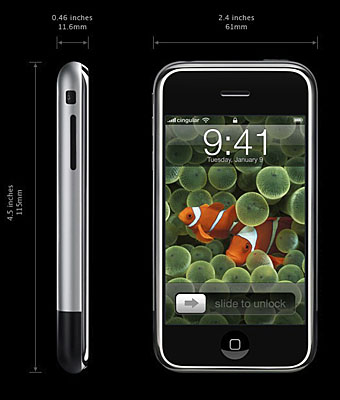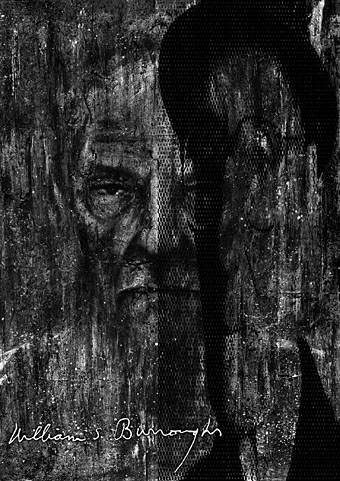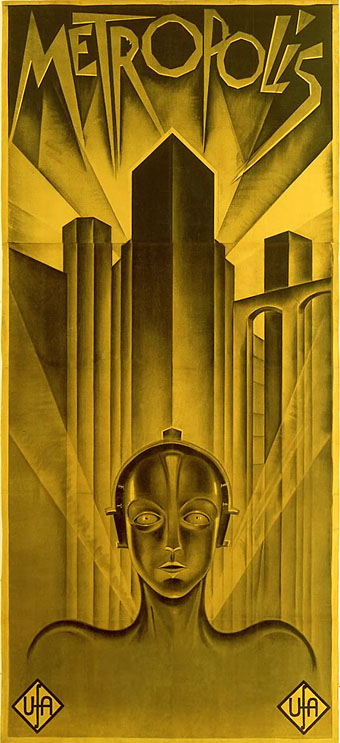
A mob on the march from Frankenstein (1931).
That’s blow as in bludgeon, not, er, smoking drugs or oral sex… From the BBC:
New rules outlawing businesses from discriminating against homosexuals have been upheld in the House of Lords.
A challenge led by Lord Morrow of the Democratic Unionist Party failed by a majority of three to one.
He had argued that the rules forced people to choose between obedience to God and obedience to the state.
But Northern Ireland Minister Lord Rooker said it would be “quite wrong” to elevate the rights of one group above those of another.
In the time-honoured tradition of angry mobs everywhere, “Christian and Muslim groups … stage(d) a torchlit protest outside the House of Lords tonight against a proposed new gay rights law that they say would force them to “actively condone and promote” homosexuality.” The law would do nothing of the sort but these aren’t the kind of people to worry themselves with inconvenient facts. No reports as to whether they were carrying nooses and pitchforks along with their flaming brands but their chilly vigil was in vain, the challenge was defeated by 199 votes to 68. As Warren Ellis so aptly put it: “House Of Lords To Homophobes & Intolerant Christians: Shut The Fuck Up”. Amen to that. Polly Toynbee had a great piece of polemic in The Guardian eviscerating the litany of nonsense being used to support the challenge. All this and the iPhone too; that’s what I call a good day.





